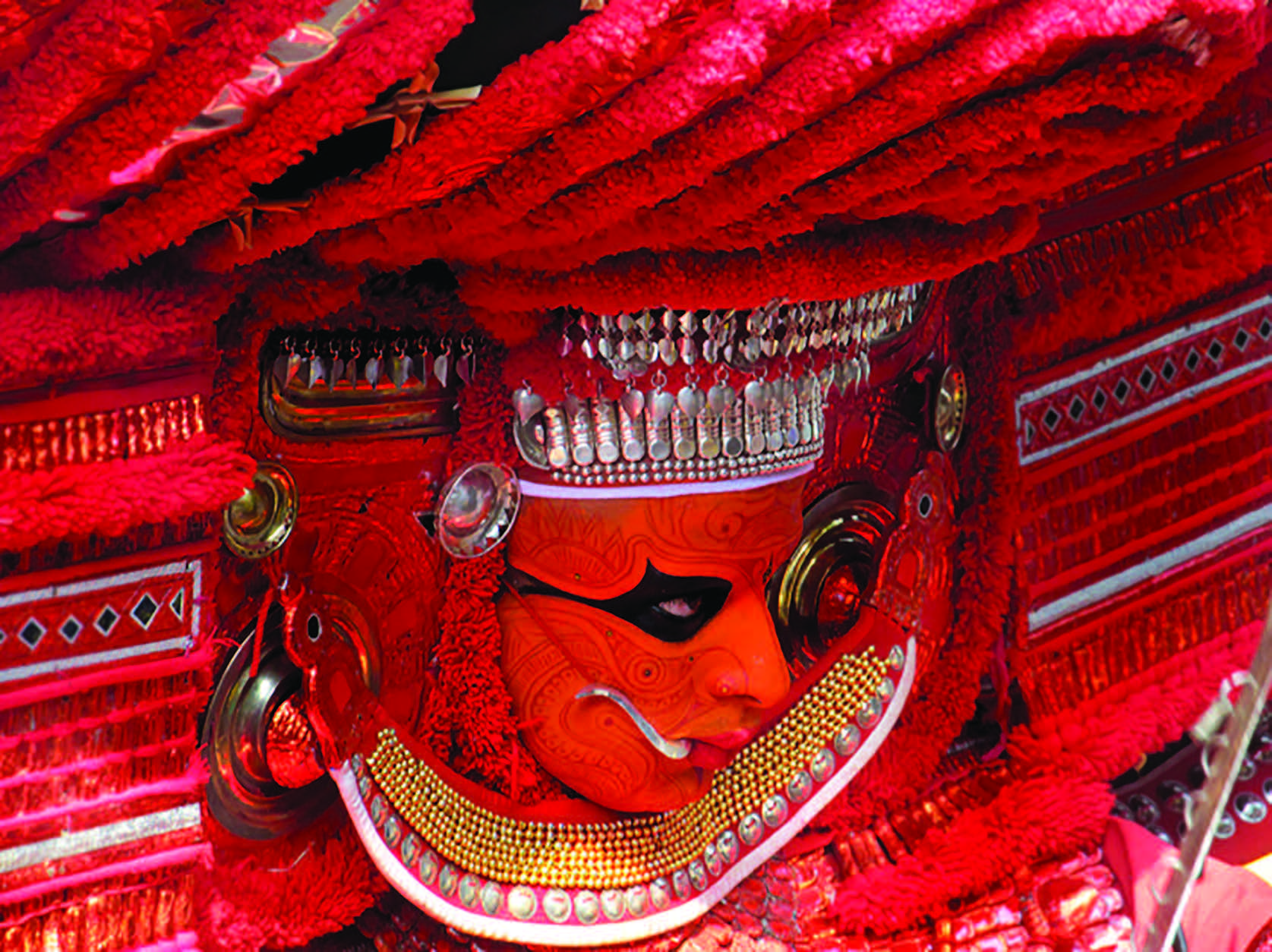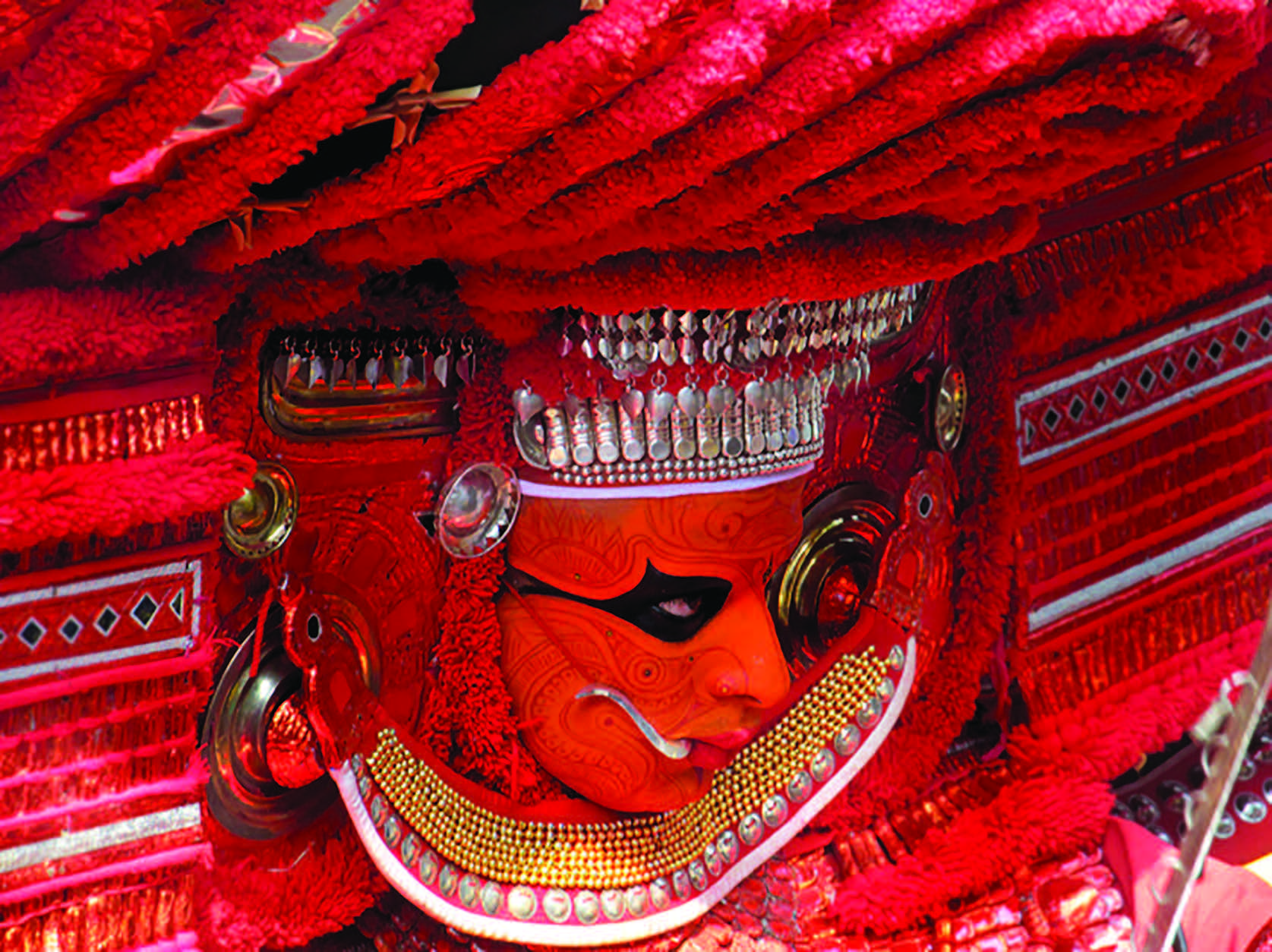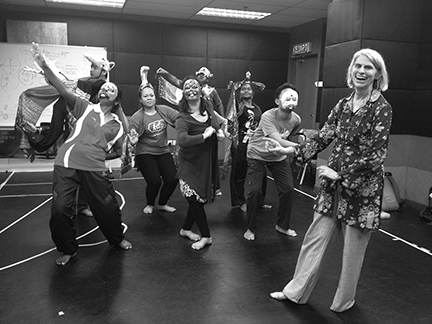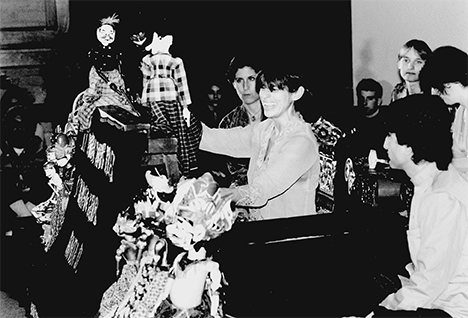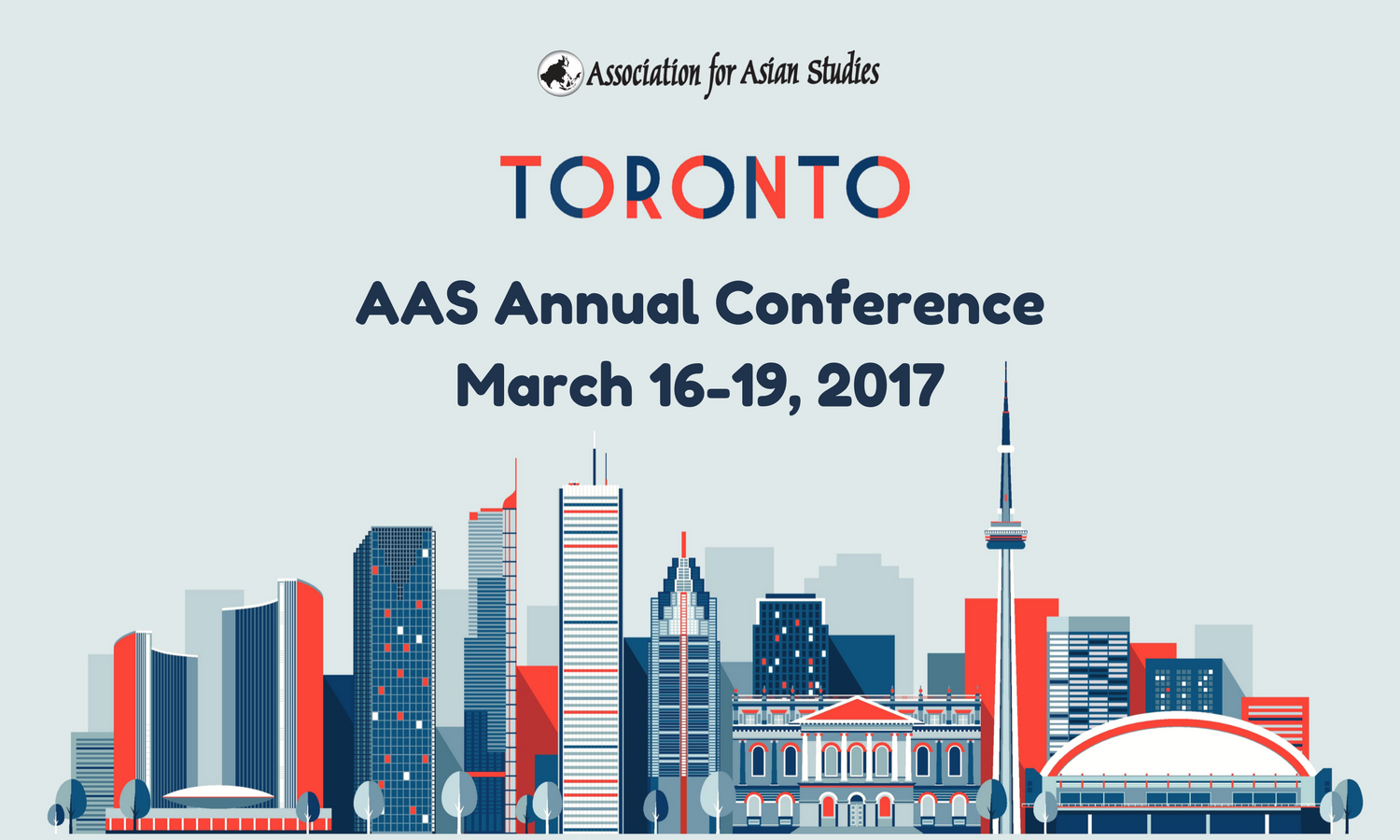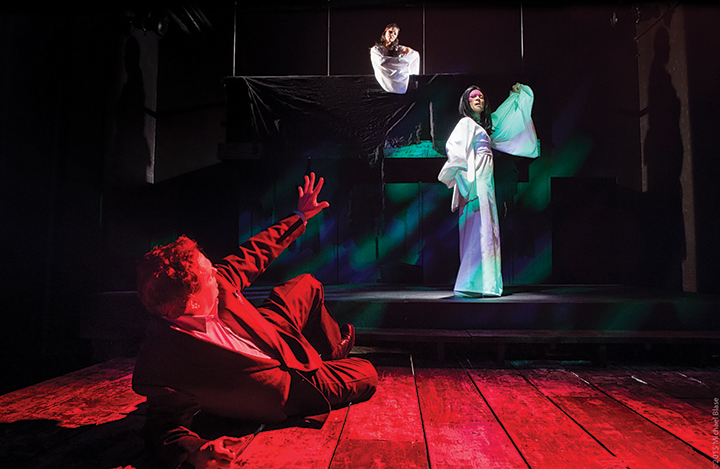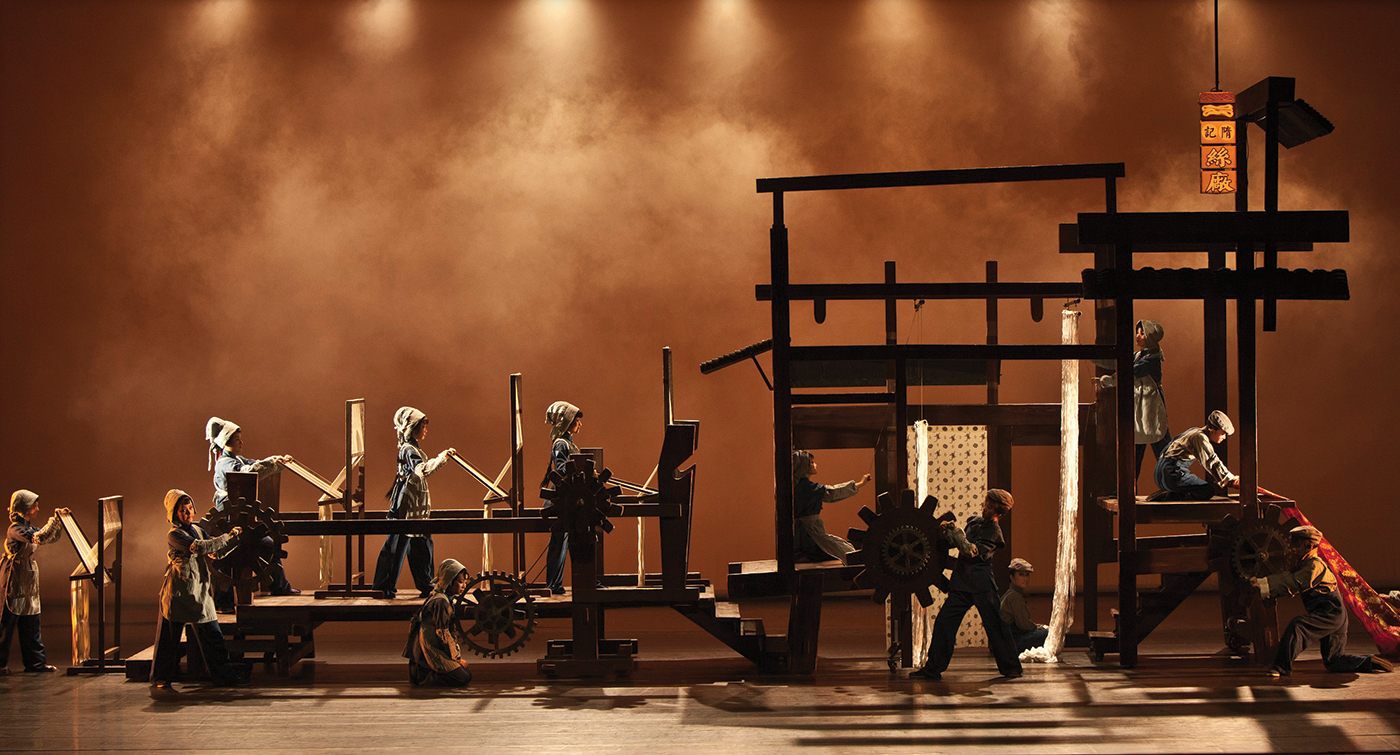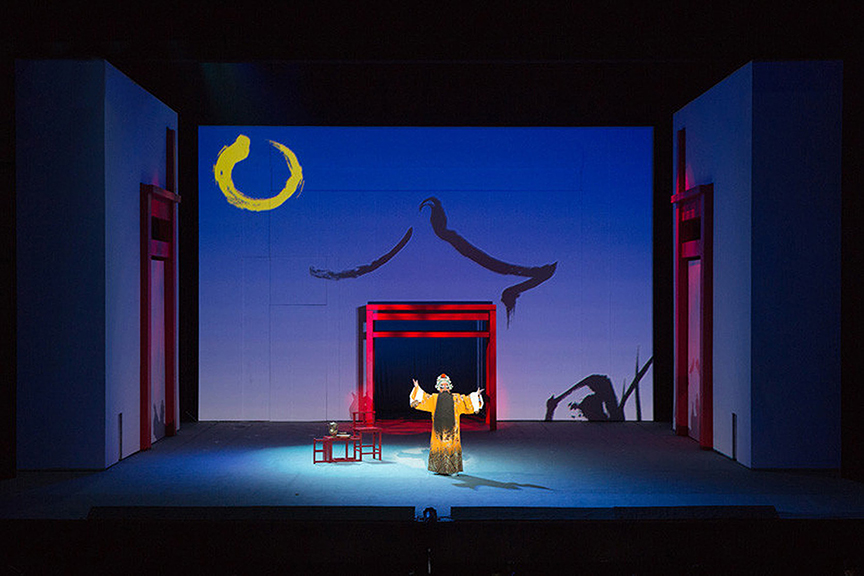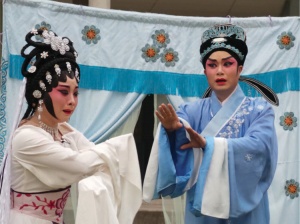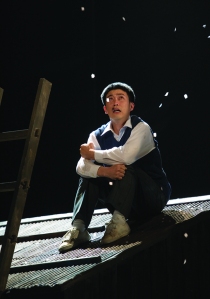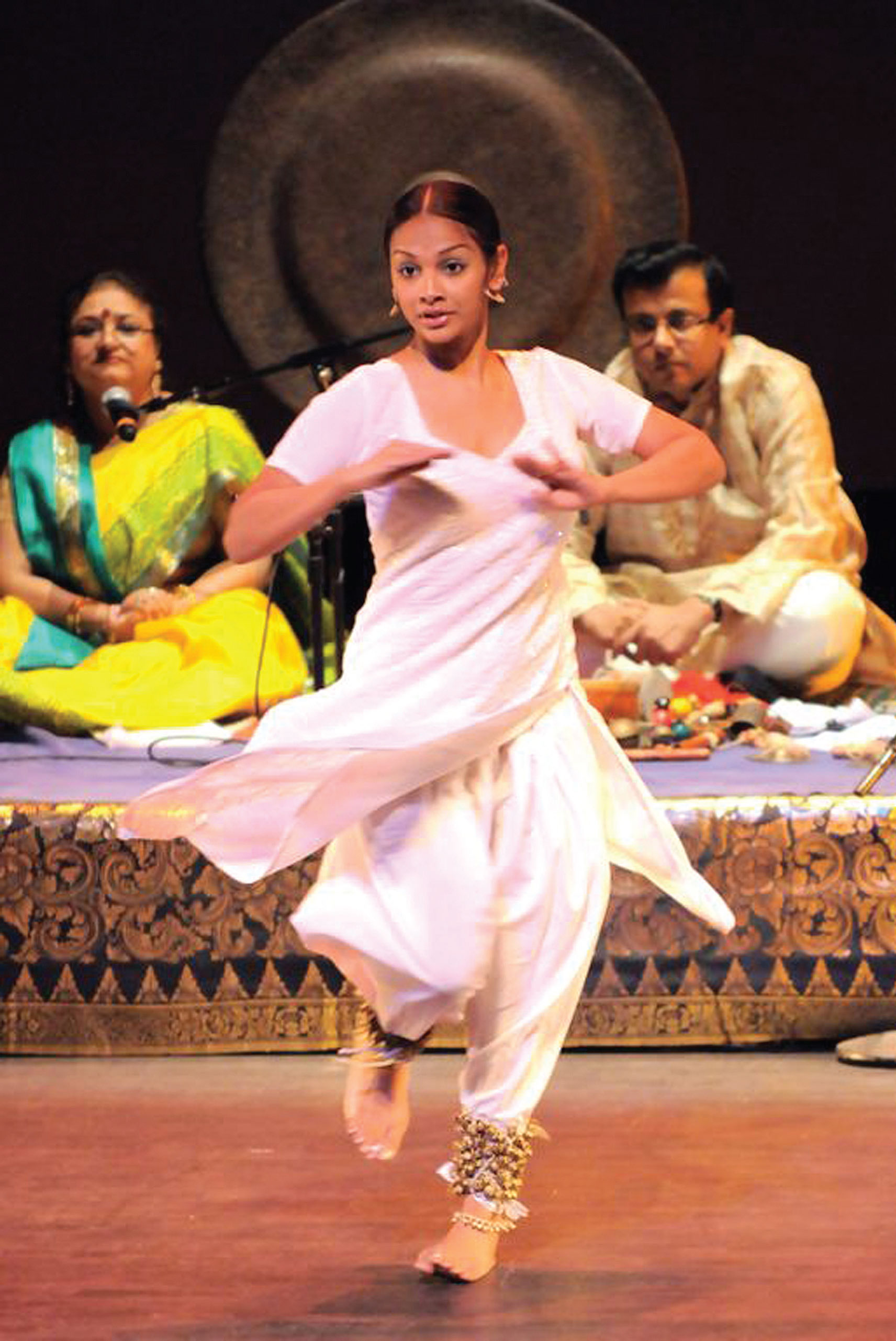![]() This is Part 4 in a series of University of Hawai`i Press blog posts celebrating University Press Week and highlighting scholarship published by UH Press journals in the past year. Read our introductory blog post here. Our hope is that this series will shed new light on how UH Press “sells the facts,” so to speak, and the value our 24 journals bring to our very existence. Links to each journal and article are provided below.*
This is Part 4 in a series of University of Hawai`i Press blog posts celebrating University Press Week and highlighting scholarship published by UH Press journals in the past year. Read our introductory blog post here. Our hope is that this series will shed new light on how UH Press “sells the facts,” so to speak, and the value our 24 journals bring to our very existence. Links to each journal and article are provided below.*
Minority Voices
U.S. -Japan Women’s Journal, Number 51, 2017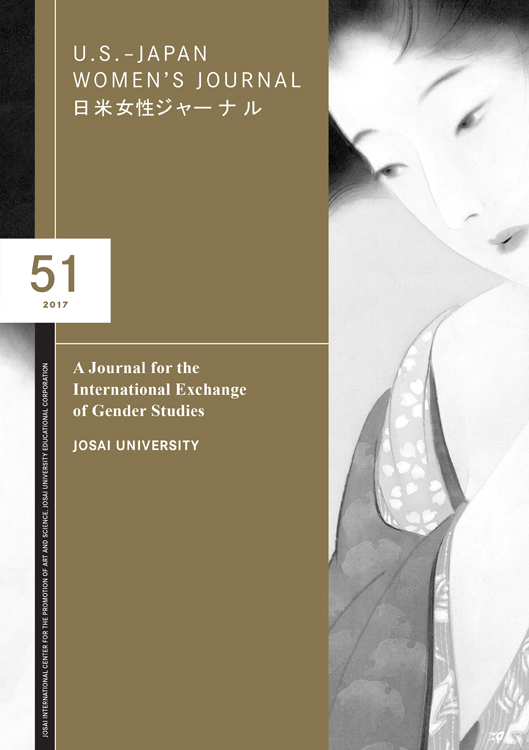
Article: “Building a Feminist Scholarly Community: Fifty-One Issues of U.S.–Japan Women’s Journal” by Jan Bardsley
Context: Like many of our scholarly journals, U.S.-Japan Women’s Journal is a community of minority voices in and of itself. This volume celebrates 50 issues of bringing women’s studies and scholars together across international boundaries.

Azalea: Journal of Korean Literature and Culture, Volume 10, 2017
Special Section: Writer in Focus: Kim Sagwa
Context: Azalea presents five pieces by Korean author Kim Sagwa, who was able to complete her first novel under the United States an Alien of Extraordinary Ability in the Arts visa in 2016. One must wonder, given the tide change in immigrant policies and arts funding under the current administration, if such visas will be available for international artists in the future.

Biography: An Interdisciplinary Quarterly, Volume 39, Number 4, Fall 2016
Special Section: International Year in Review
Context: Biography launched a new annual section that provides reports on life writing from across the world. This new venue gives us a lens by which to see global shifts in personal identity, from authors writing out of the U.K.’s Brexit to memoirists lyrically documenting the U.S.’s transgender community to historical biographers nostalgic for pre-1949 Republican China.
Trans-Humanities Journal, Volume 10, Number 1, 2017
Article: “Mapping the Terrain of New Black Fatherhood in Contemporary African American Literature” by Set-Byul Moon
Context: Literature can bridge the great divide between knowing and understanding, and this article looks at how the African American father has been developed against negative stereotypes through the writings of “Richard Wright, Ralph Ellison, James Baldwin, and Toni Morrison to contemporary — and relatively young — authors such as Leonard Pitts Jr. and Bernice L. McFadden.”
Asian Theatre Journal, Volume 34, Number 1, Spring 2017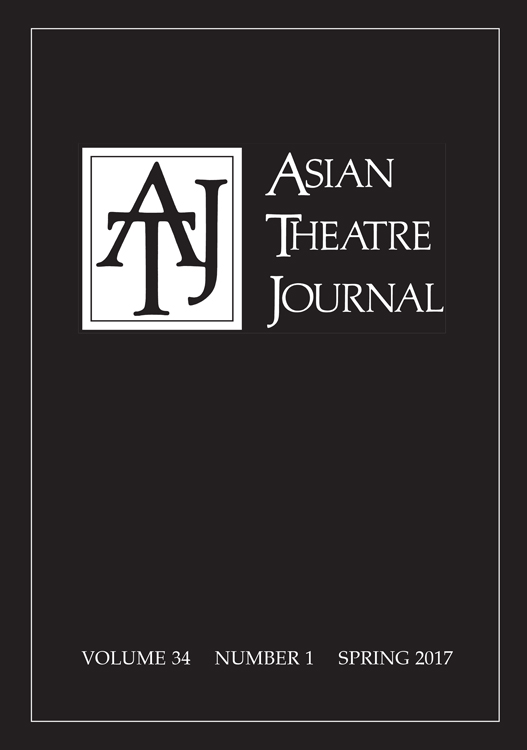
Special Section: Founders in the Field
Context: Asian Theatre Journal‘s Spring 2017 issue highlights three founders in the field–all women: Rachel Cooper, Kathy Foley, and Carol Fisher Sorgenfrei. Editor Kathy Foley also makes this charge to reviewers: “To become a truly international journal, cross-border research that does not always detour to Western thinking is much needed. It is limiting when authors feel they have to routinely apply Western tropes of gender, class, or aesthetics.”
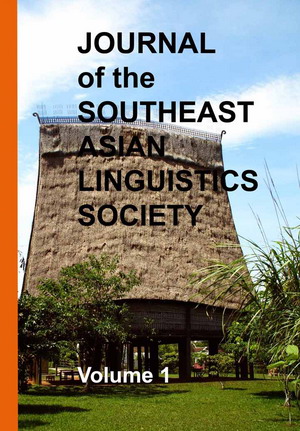
Journal of the Southeast Asian Linguistics Society, Volume 10, 2017
Section: Submission Guidelines
Context: This journal stands out for not only making new research in the field of Southeast Asian linguistics available for free via open-access publishing, but for its commitment to the peer review process, which ensures the publication of accurate information. From its submission guidelines: “Each original article undergoes double-blind review by at least two scholars, usually a member of the [JSEALS] Advisory Board and one or more independent referees.”
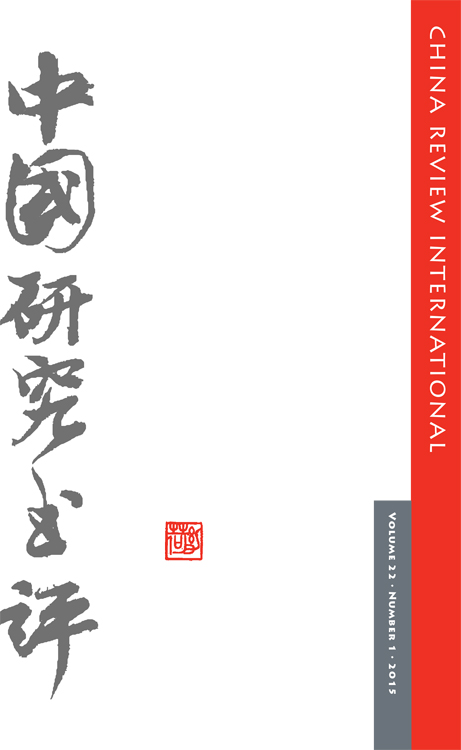
China Review International: A Journal of Reviews of Scholarly Literature in Chinese Studies, Volume 22, Number 1, 2015
Article: “Review of Ka-ming Wu’s Reinventing Chinese Tradition: The Cultural Politics of Late Socialism (Urbana: University of Illinois Press, 2015)” by Nyíri Pál
Context: New scholarship benefits from criticism, and in this issue of China Review International (published in 2017), reviewer Nyíri Pál offers a fresh analysis of Chinese folk traditions in light of economic developments and recent ethnographic studies of “culture workers.”
*Institutional access to online aggregators such as Project MUSE may be required for full-text reading. For access questions, please see the Project MUSE FAQ available here or contact your local library.
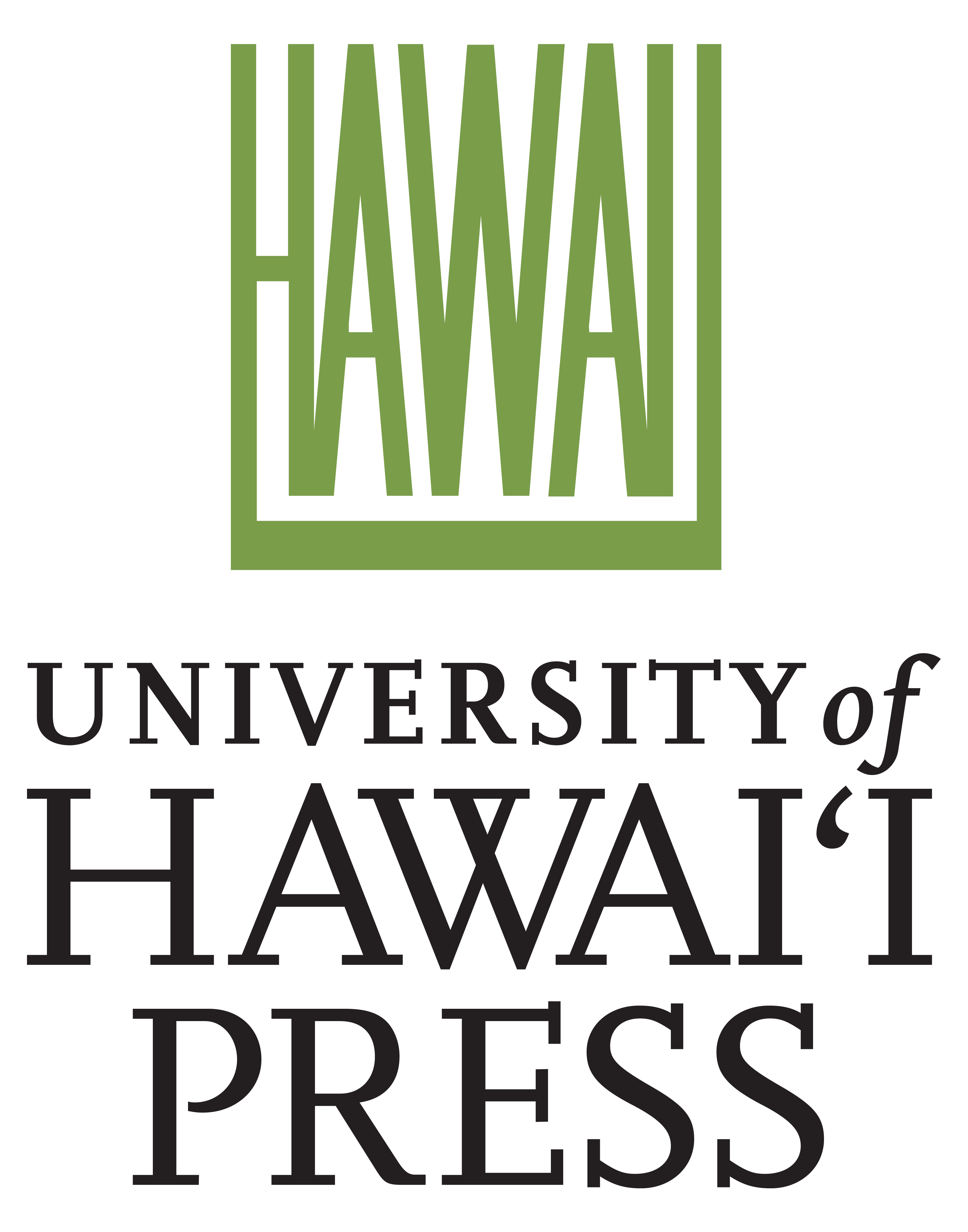 Established in 1947, the University of Hawai`i Press supports the mission of the university through the publication of books and journals of exceptional merit. The Press strives to advance knowledge through the dissemination of scholarship—new information, interpretations, methods of analysis—with a primary focus on Asian, Pacific, Hawaiian, Asian American, and global studies. It also serves the public interest by providing high-quality books, journals and resource materials of educational value on topics related to Hawai`i’s people, culture, and natural environment. Through its publications the Press seeks to stimulate public debate and educate both within and outside the classroom.
Established in 1947, the University of Hawai`i Press supports the mission of the university through the publication of books and journals of exceptional merit. The Press strives to advance knowledge through the dissemination of scholarship—new information, interpretations, methods of analysis—with a primary focus on Asian, Pacific, Hawaiian, Asian American, and global studies. It also serves the public interest by providing high-quality books, journals and resource materials of educational value on topics related to Hawai`i’s people, culture, and natural environment. Through its publications the Press seeks to stimulate public debate and educate both within and outside the classroom.
For more information on the University of Hawai`i Press and our publications, visit www.uhpress.hawaii.edu. To receive table-of-contents email alerts for these publications, please click here to sign up at Project MUSE.





